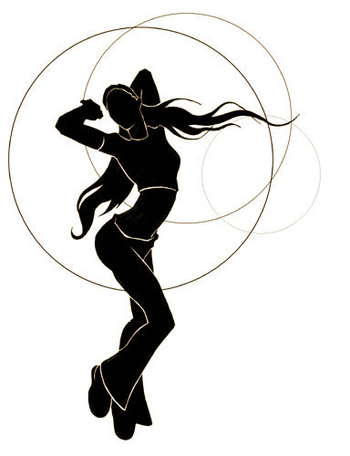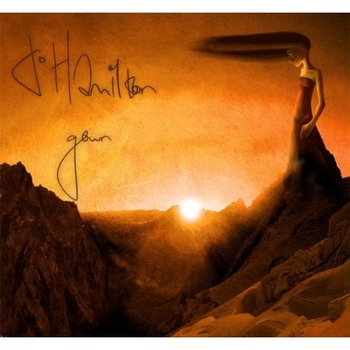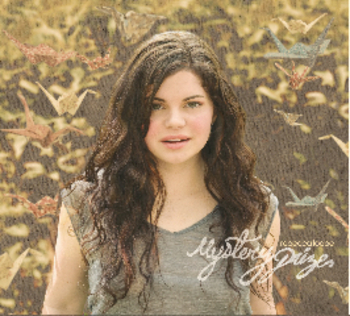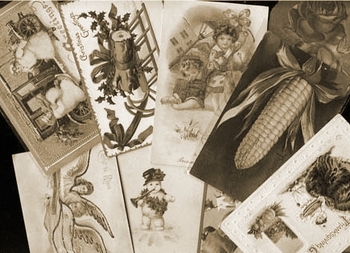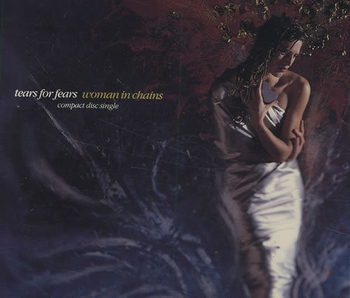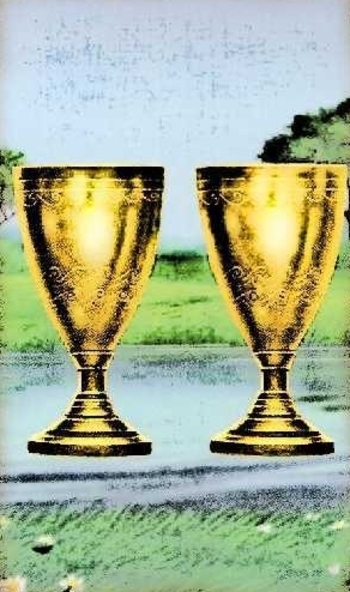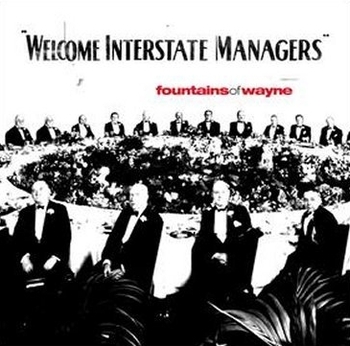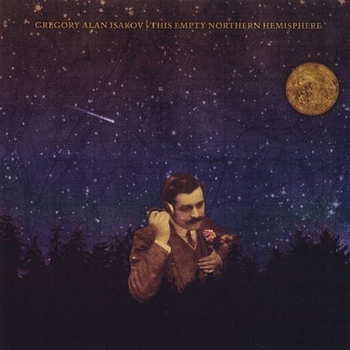
Time is my theme this week. I can think of a number of puns to describe many of the available songs on the subject. “That’s really old”, for example. Time is something we all live with, so it is the subject of almost as many cliches as love. Even the titles of my selections reflect this. Nevertheless, each of these artists finds something fresh to say on the subject, or a fresh way to say it.
Dee Carstensen: Time
[purchase live version]
[support Dee Carstensen by purchasing the original studio version here]
Dee Carstensen contemplates old age and mortality in Time. Her narrator has reached a point in her life where her main concern is the emotional legacy she leaves in her children. The spare arrangement heard here is from a live performance at the Kerrville Folk Festival, and it suits the material beautifully. That string instrument that sounds wrong to be a guitar is a harp, Carstensen’s main instrument.
In researching this post, I learned that Carstensen had been diagnosed with liver cancer, and that she had received a liver transplant. After 2007, information is scarce. So if anyone knows what and how she is doing now, please share that information in the comments. Thank you.
David Wilcox: It‘s Almost Time
[purchase]
David Wilcox starts It’s Almost Time as a statement of faith that a long cold winter is almost over. He sets his song firmly in a seaside town. I don’t live at the shore, but here in New Jersey, we just had a week of weather which gave a tease of spring, but now we have settled back into winter. That only makes it feel colder, and makes this song resonate more. By the end of the song, it is clear that this winter is emotional as well as meteorological. No one that I know of puts this kind of song over better than Wilcox, and this is no exception.
Tracy Chapman: This Time
[purchase]
This Time is a resolution to not get hurt again. Or maybe it’s a reminder. Either way, this is a rebound song. Chapman’s character has been through a hurtful relationship, and she wants the guy to take all the risks this time. The narrator may be trying to break a pattern that has haunted her through a series of relationships. Chapman presents the resolve, but also the uncertainty that her narrator can go through with it.
Just as the words present a state of emotional flux, so too does the music. Passages with not much more than acoustic guitar and voice alternate with pulses of the full band. Throughout, a ghostly violin part haunts the narrator, reminding her of her doubts.
Peter Himmelman: Time Just Flew
[purchase]
Time Just Flew looks back at a long-term relationship, and also takes stock of its current condition. The conclusions are unclear. Time in this one is a windstorm, sweeping away everything in its path. So the song is an emotional catching of breath. I think that’s an important thing to do, but it can be more than difficult to find the time.
Lyle Lovett: Since the Last Time
[purchase]
The emotions in this post have been pretty heavy, so let me end things on a joyous note, at a funeral. I’m serious. In New Orleans, funerals are occasions to celebrate the life of the departed. There are parades, and happy recollections. Sorrow follows later perhaps, and in private. Lyle Lovett does not come from New Orleans, but this song reflects this spirit.

